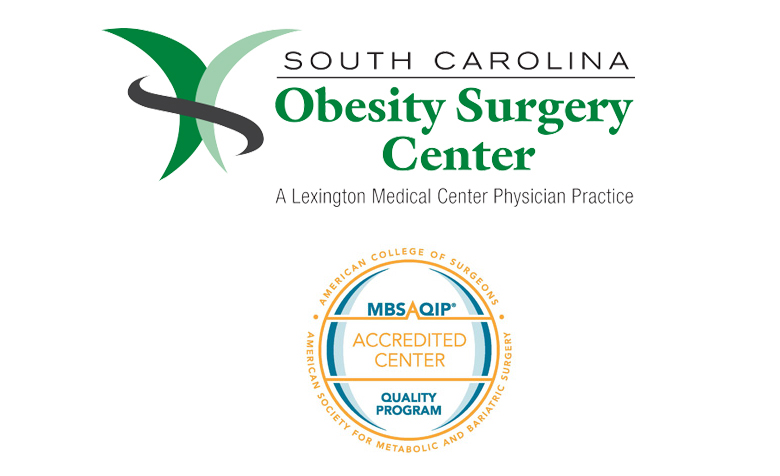Metabolic and Bariatric Surgery
Combating one of the nation’s leading health concerns, bariatric surgical procedures reduce comorbidities such as hypertension, diabetes, sleep apnea and gastroesophageal reflux disease through weight loss. Lexington Medical Center has performed more than 9,000 bariatric surgeries since 1998. These surgeons work with their patients to choose the most appropriate procedure to address their own personal health needs, which includes gastric bypass, sleeve gastrectomy, adjustable gastric band and gastric balloon.
As a fully accredited center through the Metabolic and Bariatric Surgery Accreditation and Quality Improvement Program, Lexington Medical Center hosts a comprehensive program and is proud of the high level of bariatric care offered to patients. Hallmarks of this well-established program include three bariatric surgeons performing each procedure, a multi-layered patient support system that includes patient education and support groups, and the availability of bariatric care 24 hours a day, seven days a week, 365 days a year. Lexington Medical Center is committed to continual improvement through long-term monitoring of each surgical case.

Lexington Medical Center has a rich history of bariatric surgery. These board-certified surgeons perform a variety of bariatric procedures, including revisions of previous surgeries. Recently, the sleeve gastrectomy surpassed the gastric bypass as the most-performed procedure.


The goal after bariatric surgery is to enable patients to return home as quickly as possible. Lexington Medical Center works hard to achieve this measure and are proud of its low length of stay rates.


These providers and their team use a multidisciplinary approach to avoid readmissions after bariatric surgery.

 An expected rate is the estimated rate of readmissions that Lexington Medical Center was expected to have during the timeframe, taking into account the complexity of surgical cases performed and comorbidities of patients. A predicted observed rate is the actual rate of readmissions observed at Lexington Medical Center that has been risk adjusted to account for random variables and the volume of cases performed. The predicted observed rate is an overall better estimate of Lexington Medical Center’s rate of readmissions.
An expected rate is the estimated rate of readmissions that Lexington Medical Center was expected to have during the timeframe, taking into account the complexity of surgical cases performed and comorbidities of patients. A predicted observed rate is the actual rate of readmissions observed at Lexington Medical Center that has been risk adjusted to account for random variables and the volume of cases performed. The predicted observed rate is an overall better estimate of Lexington Medical Center’s rate of readmissions.
